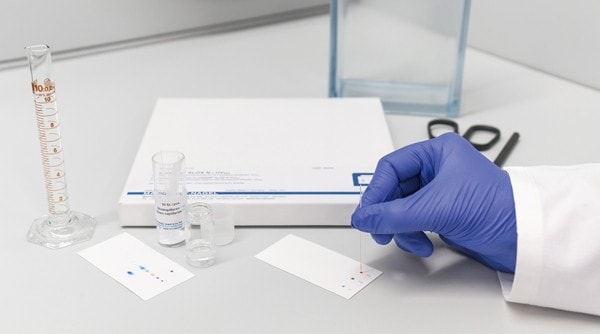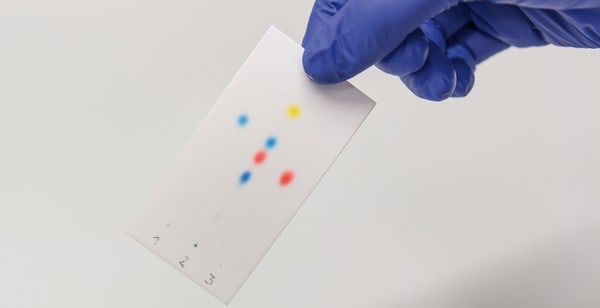TLC: Powerful, Efficient, and Relevant
Thin-layer chromatography (TLC) is a popular technique in the scientific community. It is used in many industries and fields of research, including pharmaceutical production, clinical analysis, industrial chemistry, environmental toxicology, food chemistry, and many more. The striking benefits of TLC include high separation power, speed and efficiency, cost-effectiveness, ease of use, high sensitivity, and versatility. These benefits make TLC an essential technique for a wide range of applicatons. With regard to green chemistry, TLC is a relatively eco-friendly technique, requiring minimal solvent and generating little waste.
Benefits of TLC
TLC does not require complex or costly to maintain instrumentation and the investment for performing successful TLC can be a hundred times less than for HPLC. Since the separated compounds remain on the plate, they can be used for further experiments. Furthermore, method development is simplified by TLC as its high separation power makes it a versatile and powerful tool for analyzing complex mixtures.
Features of Modern TLC/HPTLC
The success of TLC as a highly efficient analytical separation method is based on a large number of advantageous properties:
- High sample throughput in a short time
- Suitability for screening tests
- Ability to act as a pilot procedure for HPLC and flash chromatography
- Ability to store analytical information after separation for a longer period of time (the TLC ready-to-use layer acts as a storage medium for data)
- Allows separated substances to be subjected to subsequent analytical procedures (e.g., IR and MS) at a later date
- Allows rapid and cost-efficient optimization of separation due to ease of change for the mobile and stationary phases
Standard Analytical TLC Plates and Sheets
TLC can be used for both qualitative and quantitative analysis. Standard analytical TLC plates typically have adsorbent layers that are nominally between 0.20–0.25mm in thickness. Particle size is about 5–17µm.
Preparative TLC Plates
Preparative TLC is used for purification and isolation of analytes from impurities. Preparative TLC layers (≥0.5mm) are only available on glass plates. For 2mm preparative layers, a slightly coarser material is used.
Properties of TLC Backings
Glass Plates
Glass plates are robust, heat proof, and chemically-resistant to all common mobile phases and visualization reagents. They are the traditional option in TLC/HPTLC and are widely used in the pharmaceutical sector and other laboratory environments.
Aluminum Sheets - ALUGRAM Xtra
Aluminum sheets are easy to handle, lightweight, and flexible. High performance silica on ALUGRAM Xtra sheets provides outstanding wetability for precise colourization results, even with 100% aqueous detection reagents. Moreover, ALUGRAM Xtra sheets are easy to cut with scissors. No flaking of silica occurs!
Polyester Sheets – POLYGRAM
Polyester sheets are easy to handle, lightweight, flexible, and can also be cut with scissors. Developed POLYGRAM sheets can also be stored for documentation in laboratory notebooks.




